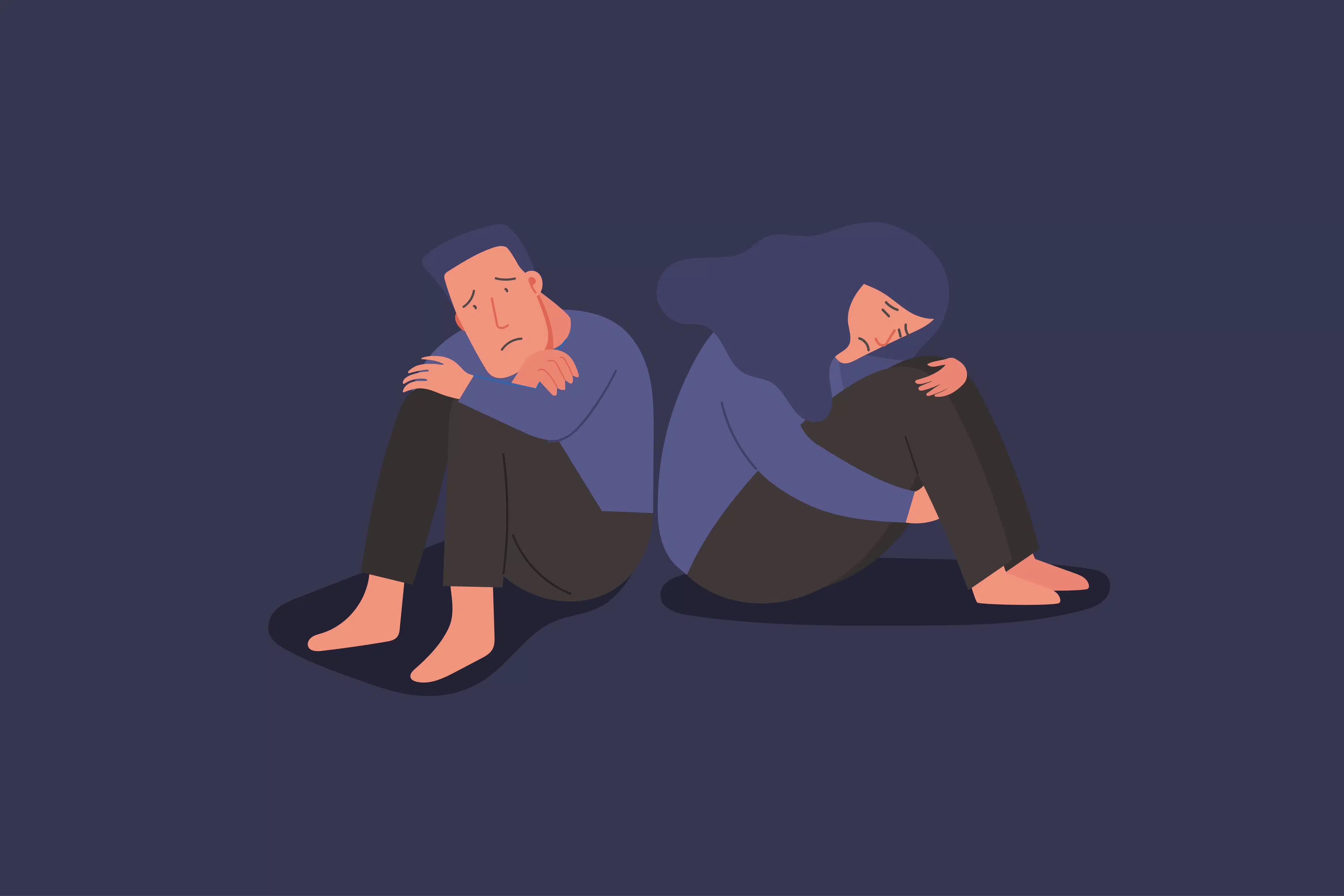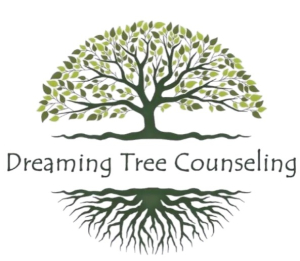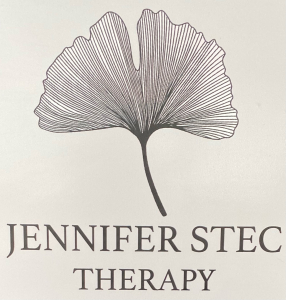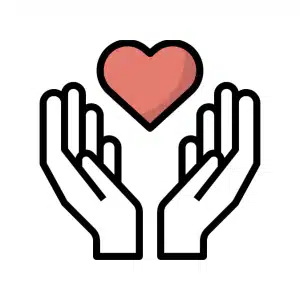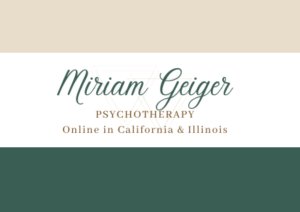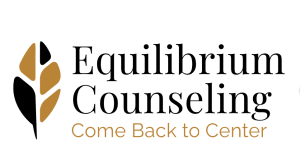Addiction is a complex issue no matter which way you look at it. At the national level, it represents a public health crisis that, according to many, authorities aren’t doing enough to combat. At the individual level, it can be caused by countless factors, and often requires personalized treatment to overcome. Some people choose 12-step programs like Alcoholics Anonymous, while others seek outpatient treatment at centers like Zoe Behavioral Health. Rehab centers offer customized outpatient treatments and various types of therapy, which some people do better with compared to the less structured format of 12-step programs.
What Are the Main Options for Rehab Treatment Programs?
There are several options for anyone who’s pursuing recovery from addiction. These range from free weekly meetings to pricey inpatient treatments at premium rehab centers. Here are the main ones:
12-step programs like Alcoholics Anonymous
These programs are available to those struggling with addictions to alcohol and other substances, as well as those who are addicted to things like gambling. They’ve been instrumental in helping many people overcome addiction, but for others, they aren’t a good fit due to their lack of structure, as well as their religious undertones. The successful outcome of completing a 12-step rehab treatment program really depends on compatibility with the individual, as well as each person’s dedication to sticking with the program.
Inpatient treatments
These tend to be the most intense form of rehab treatment programs, as patients are strictly monitored to ensure that they stay on track with their recovery. They live at the facility 24/7 and are provided with assistance through the detox process, various therapy modalities, and medications when needed. Inpatient treatment also tends to be the most expensive type of rehab program, especially at luxury treatment facilities.
Outpatient treatments
This type of treatment is for milder substance abuse disorders, or for continuing long-term treatment following a stay at an inpatient facility. Patients typically split their time between the outpatient facility during the day, and their own homes during evenings and weekends. Treatment focuses on therapy, as well as learning recovery skills that will reduce the chance of a relapse. Outpatient programs can be pricey as well, but there are options at many different price points, and they’re usually more affordable than inpatient treatments.
Which Rehab Treatment Programs Are Most Effective?
This would depend on what the individual needs. If their main requirement is support from their peers, then a 12-step program might be a good fit. If they have to go through a risky detox and then learn how to adjust to life without addiction, then an inpatient program might be a better option.
It’s also important to note that, regardless of the type of addiction, relapses are fairly common. Measuring the success of various rehab treatment programs is possible, but it also requires nuance. Rather than simply viewing relapse as a failure full-stop, it’s better to look at the time spent between relapses, and how much the patient improved in areas like overall mood, health, relationships, performance at work or school, etc.
Differences Between the Main Rehab Treatment Programs
Addictions come in all shapes and sizes, and so do their forms of treatment. Here’s a comparison between 12-step programs and non-12-step programs, which should provide a clearer picture of what they can and can’t do for those suffering from addiction.
12-step programs
Programs like Alcoholics Anonymous and Narcotics Anonymous are well known; there are also various offshoots, such as Heroin Anonymous and Gamblers Anonymous.
- These programs teach attendees about the 12 steps to addiction recovery. Attendance is voluntary, and it can happen at whatever frequency each individual prefers. Aside from the steps themselves, there’s little structure to the meetings.
- 12-step programs are always free and available to the public. Rather than functioning as therapy, they’re more like peer support groups.
- These programs are based on Christian principles; even though people of any religious background are welcomed, some of the 12 steps may feel foreign to anyone who wasn’t raised in the Christian faith. Studies have shown that secular-minded people are much less likely to use these programs because of their emphasis on seeking help from God.
- Addiction is viewed as something that is impossible to control, which is why there’s so much focus on support from peers or a higher power.
- Participants can attend as many meetings per week as they want, but no guidance is provided for time spent outside of meetings.
Non-12 step programs
Alternatives to 12-step programs range from inpatient programs to outpatient programs, with a few options (like hospitalization) in between. For the purposes of this discussion, we’re going to focus on inpatient and outpatient rehab treatment programs.
- Each patient’s day is structured around treatment, which may include individual and group counseling, cognitive behavioral therapy, neurofeedback sessions, exercise or creative activities, and more. Inpatient programs involve 24/7 supervision, while outpatient programs can consist of just a few hours of treatment per day.
- These programs are not free, but they are available at a variety of price points; many of them also accept insurance.
- Every program is formulated around a slightly different approach or philosophy, but they generally emphasize the responsibility of the individual for their own recovery. The focus is kept on empowering patients to create a healthier future for themselves, rather than relying on a higher power to help them maintain sobriety. Patients are still free to follow their religious preferences while in these programs, but secular-minded people also generally feel comfortable with their approach.
- Addiction is viewed as a disease that may stem from trauma, chronic illness, or any of the countless conditions that can trigger or exacerbate it.
- Attendance in outpatient and inpatient programs can last for days, weeks, or months, depending on what the individual needs.
The Takeaway on Rehab Treatment Programs
Each case of addiction is different; there’s no one-size-fits-all program that will work for everybody. With a proper understanding of the nature of addiction, as well as of the rehab treatment programs that are available, people will hopefully have an easier time getting the help they need.

